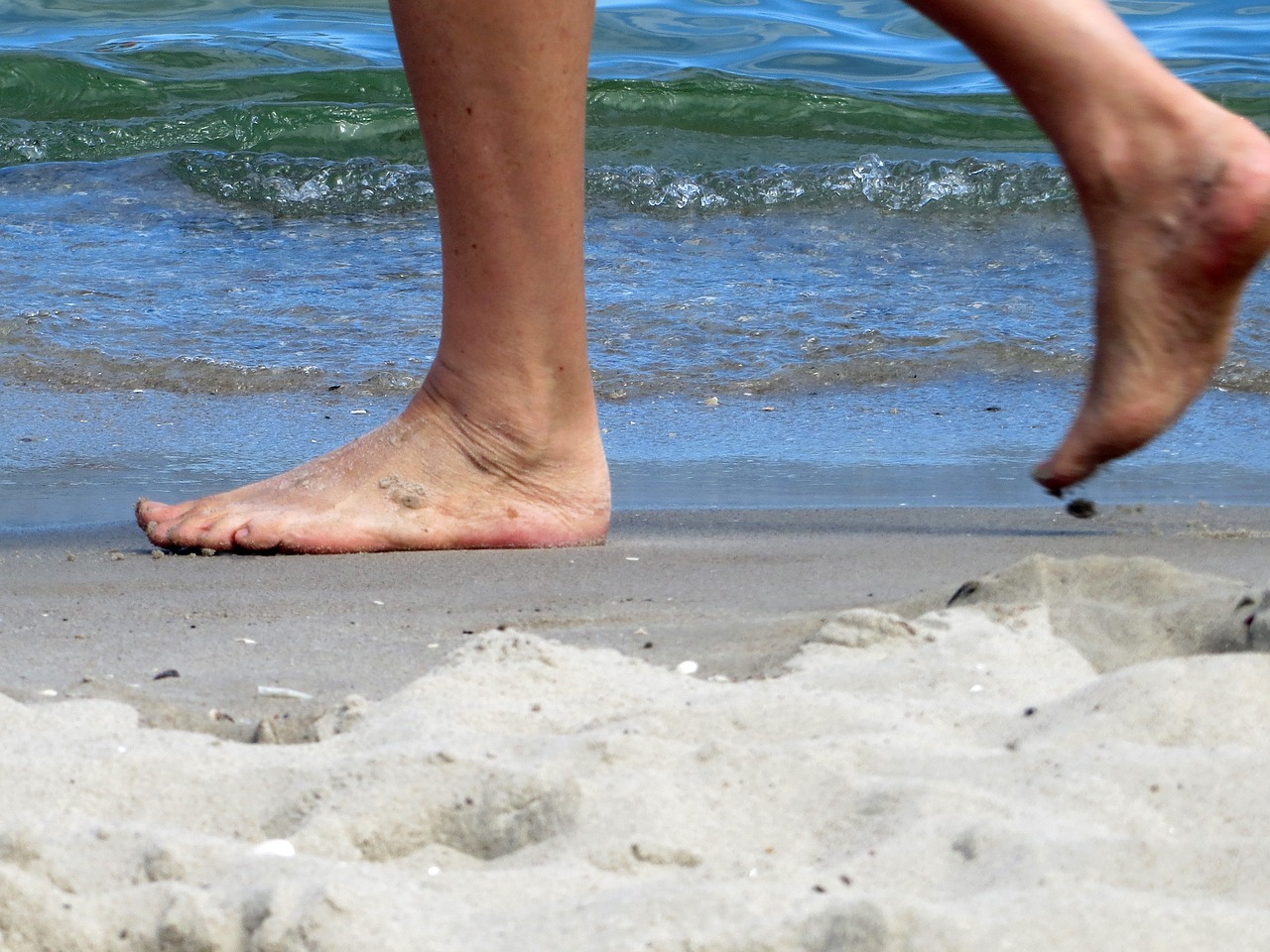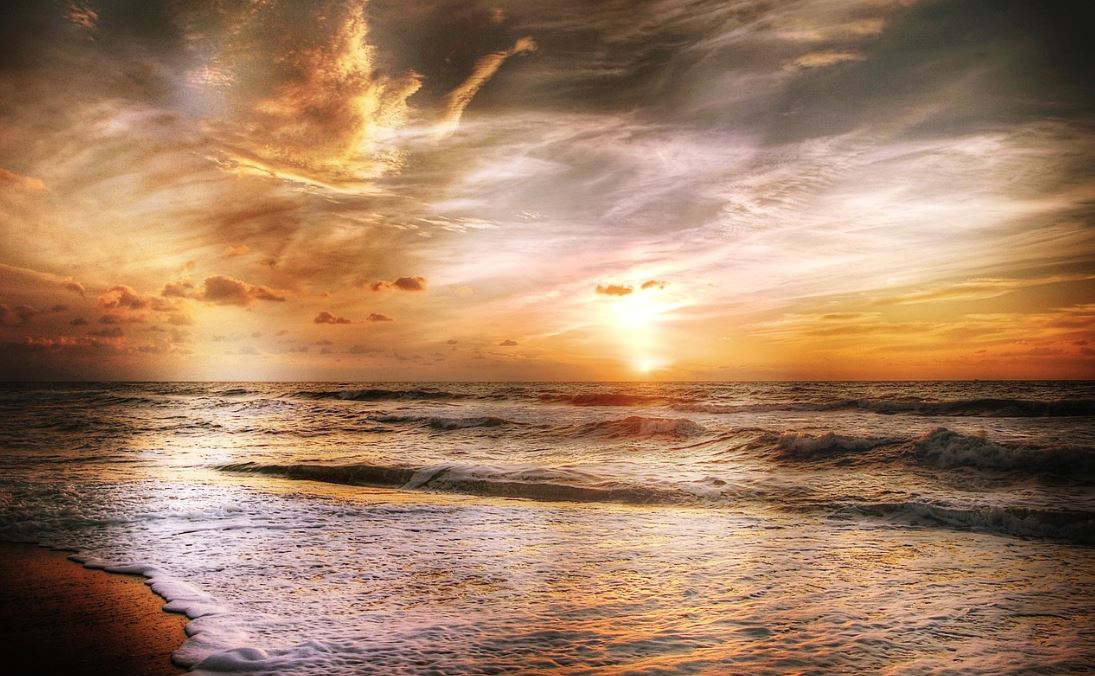Jesus the Water Walker
Posted on Aug 13, 2017 by Shera Payne No comments

Matthew 14: 22-33
22 Immediately Jesus made the disciples get into the boat and go on ahead of him to the other side, while he dismissed the crowd. 23 After he had dismissed them, he went up on a mountainside by himself to pray. Later that night, he was there alone, 24 and the boat was already a considerable distance from land, buffeted by the waves because the wind was against it.
25 Shortly before dawn Jesus went out to them, walking on the lake. 26 When the disciples saw him walking on the lake, they were terrified. “It’s a ghost,” they said, and cried out in fear.
27 But Jesus immediately said to them: “Take courage! It is I. Don’t be afraid.”
28 “Lord, if it’s you,” Peter replied, “tell me to come to you on the water.”
29 “Come,” he said.
Then Peter got down out of the boat, walked on the water and came toward Jesus. 30 But when he saw the wind, he was afraid and, beginning to sink, cried out, “Lord, save me!”
31 Immediately Jesus reached out his hand and caught him. “You of little faith,” he said, “why did you doubt?”
32 And when they climbed into the boat, the wind died down. 33 Then those who were in the boat worshiped him, saying, “Truly you are the Son of God.”
Background
- Takes place after feeding the 5,000
- The story unfolds at the Sea of Galilee, which lies in the lower portion of the Jordan Valley in a mountain range that rises to 4,000 feet above sea level. The lake itself is 700 feet below the Mediterranean Sea. One of the more noteworthy aspects of this body of water is that it is greatly susceptible to sudden and extremely violent storms. These storms are caused by the cold air rushing down from the mountains surrounding it and colliding with the warm, moist air rising off the surface of the water itself.
Question for Reflection “What was the meaning of Jesus walking on water?”
Answer: The miracle of Jesus walking on the water, recorded in three of the Gospels (Matthew 14:22–36; Mark 6:45–56; John 6:16–21. It was this, more than any other miracle, that convinced Jesus’ disciples that He was indeed the Son of God (Matthew 14:32–33).
There are several significant points to recognize about this miracle.
- First, Matthew tells us that “the boat was already a considerable distance from land, buffeted by the waves because the wind was against it. During the fourth watch of the night Jesus went out to them, walking on the lake” (Matthew 14:24–25). Though they were only to travel a short distance, the storm was so violent that, despite all their efforts to control their boat, the storm had driven them nearly four miles out into the very midst of the sea. Being the fourth watch of the night (3:00 AM to 6:00 AM), they had been rowing and straining at their oars for approaching nine hours! They were totally exhausted.
- Mark tells us that, when the disciples saw Jesus walking on the lake, they thought He was a ghost. They cried out, because they all saw Him and were terrified (Mark 6:48–50). And this brings us to the second significant point of this miracle. Jesus always comes to us in the storms of life. This is reminiscent of the words of God to Isaiah: “When you pass through the waters, I will be with you; and when you pass through the rivers, they will not sweep over you” (Isaiah 43:2). The Lord may not come at the time we think He should come, but He knows when we need Him the most. Jesus had waited until the boat was as far from land as possible, when all their hope was gone. In essence, Jesus was testing the disciples’ faith, and this meant removing every human prop. Why did Jesus walk on the water? To show His disciples that the very thing they feared, the raging, seething sea, was merely a set of steps for Him to come to them. Often we fear the difficult experiences of life such as illness, loss of loved ones, and financial hardships only to discover that these experiences can bring Jesus closer to us.But we have to ask, why did they not recognize Jesus? The answer is they were not looking for Him. Had they been waiting by faith, they would have known Him instantly. Instead, they jumped to the false conclusion that His appearance was that of a ghost. The point is this: fear and faith cannot live in the same heart, for fear frequently blinds the eyes to the presence of the Lord.
- The third significant point is that Jesus proved Himself to be in command of the elements, something only God can do. He revealed this truth to the disciples who recognized His divinity and responded with a confession of faith in Jesus as God: “The wind died down. Then those who were in the boat worshiped him, saying, ‘Truly you are the Son of God’” (Matthew 14:32–33). This was the first time Jesus was called the Son of God by the disciples, a statement that, in fact, built on what they had said earlier about Him when they had been out on the lake in a storm on a previous occasion recorded in Matthew 8:27: “What kind of man is this? Even the winds and the waves obey him.” Here they answer their own question: “Truly you are the Son of God.”
Though they had a long way to go in their spiritual understanding, the disciples were growing in their faith in the Lord. Also, this was the first time the disciples are said to have worshiped Jesus. In Matthew 2:11, the magi from the East worshiped Jesus. Later, a leper is said to have worshiped Jesus (Matthew 8:2). A synagogue ruler does the same thing in Matthew 9:18. But this is the first time the disciples worshiped Him. It is also important to note that their worship is joined to their confession (Matthew 14:33).And this is what worship is, acknowledging who God is and praising Him both for who He is and for what He has done. It was in this story that the disciples took the first step and worshiped Jesus as the Son of God.
Lessons from the Story
-
Jesus sent the disciples away so that he could get alone on the mountainside and pray. Even in his busy schedule, Jesus made spending time with God a top priority.
-
The disciples were obedient to what Jesus commanded them.
-
Even though the disciple had been with Jesus for a long time, they didn’t recognize him as he approached them in the storm. Sometimes we don’t recognize the Lord when he comes to us in the middle of our storms.
-
Peter did not begin to sink until he started looking around at the wind and the waves. When we take our eyes off of Jesus and focus on our difficult circumstances, we will begin to sink under the weight of our problems. If we cry out to Jesus, he will catch us by the hand and raise us above our seemingly impossible surroundings.
-
When he left the boat, Peter started out with good intentions, but his faith faltered. Nevertheless, Peter’s leap of faith did not end in failure. Even in his fear, he cried out to the Lord. Peter knew Jesus was the only one who could help him.
-
When Jesus climbed into the boat, the storm ceased. When we have Jesus in our boat, the storms of life will calm, and we can worship him.
Even thought we might not walk upon water, we will go through difficult, faith-testing circumstances and the big question is “Are you sinking into despair or are you looking to Jesus and his miraculous power for help?”

